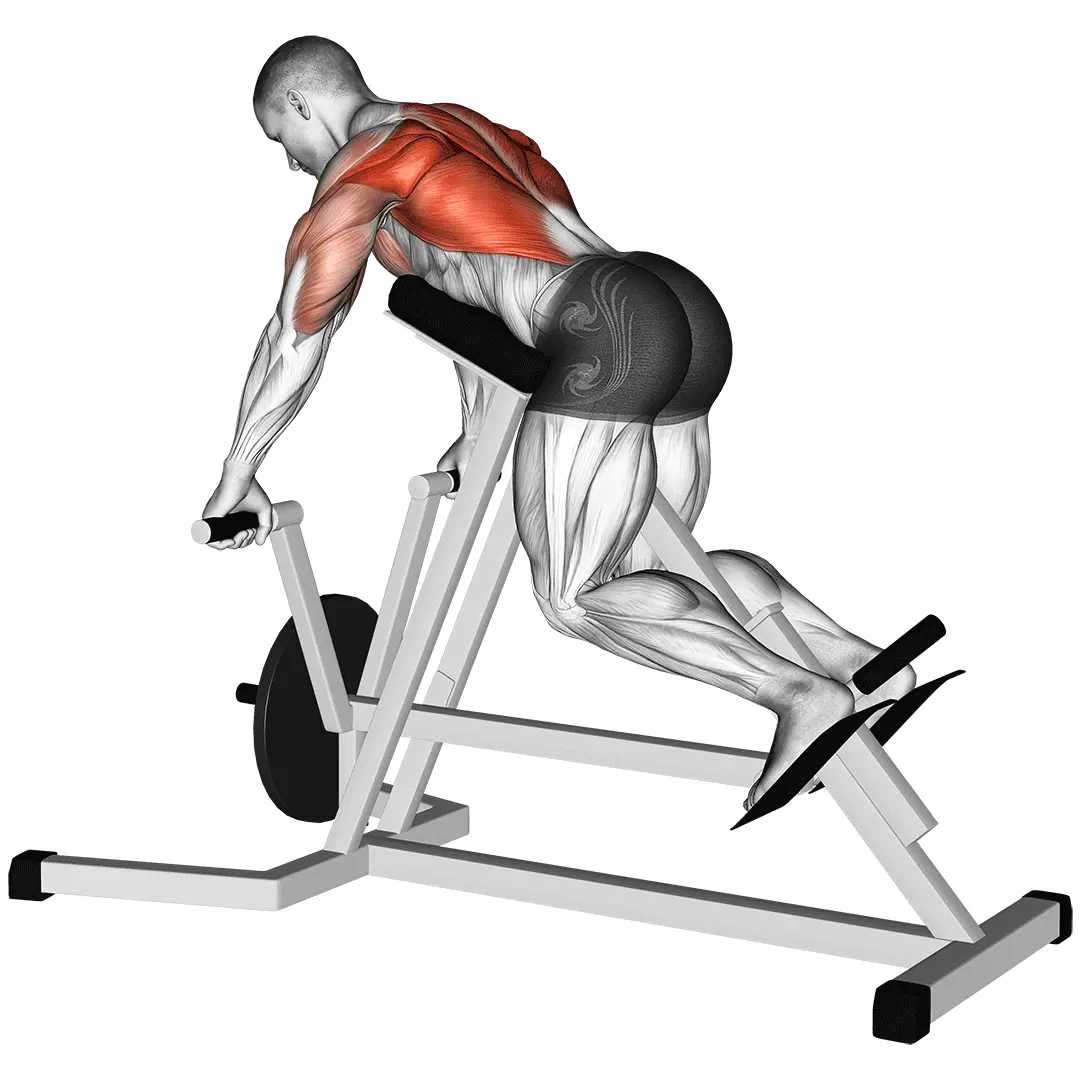Wall Lat Stretch

Muscles Involved
The wall lat stretch primarily targets the latissimus dorsi muscles, which are large muscles located in the back that are responsible for shoulder extension, adduction, and internal rotation. Secondary muscles engaged include the teres major and the trapezius, as well as the shoulders and upper arms. This stretch helps in lengthening and improving flexibility in these areas, which is essential for better range of motion and prevention of injuries.
Top Mistakes
- Not engaging the core: Failing to keep the core tight may result in an improper form, reducing the effectiveness of the stretch.
- Overextending: Rounding the back or arching too much can lead to discomfort and strain, rather than a beneficial stretch.
- Ignoring breath control: Holding your breath may limit the effectiveness of the stretch and inhibit the muscles from relaxing fully.
Execution Tips
- Start by standing next to a wall, positioning your feet shoulder-width apart.
- Extend one arm high above your head and place the palm flat against the wall, slightly angled.
- Lean your torso away from the wall while keeping your elbow straight, feeling a gentle stretch along the side of your body.
- Engage your core to maintain stability, and ensure your back remains straight, avoiding any rounding.
- Take deep breaths throughout the stretch, inhaling and exhaling slowly to help relax the muscles.
Workouts
The wall lat stretch can easily be incorporated into a warm-up or cool-down routine. Aim for 2 to 3 sets of 30 seconds to 1 minute on each side. This stretch can be paired with other flexibility exercises, such as the doorway pec stretch or shoulder openers, to create a comprehensive upper body stretch routine. For those focusing on strength training, consider integrating it following upper body workouts to aid recovery and enhance mobility, especially after back or shoulder-intensive exercises.
Conclusion
The wall lat stretch is a simple yet effective exercise that promotes flexibility and helps alleviate tension in the muscles of the back and shoulders. Regular practice can lead to improved posture, increased range of motion, and reduced risk of strain during physical activities. By incorporating this stretch into your fitness routine, you can enhance your overall athletic performance and maintain optimal muscle health.



